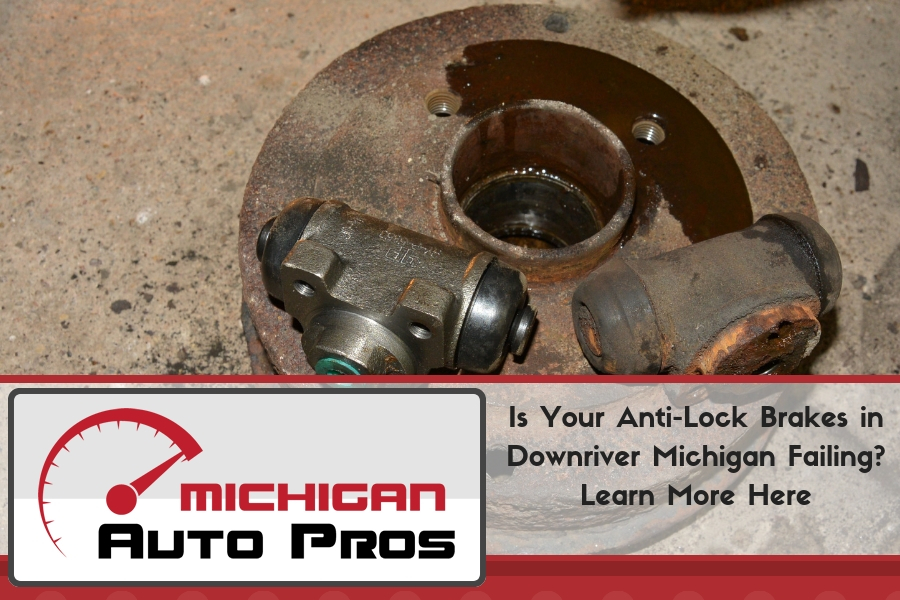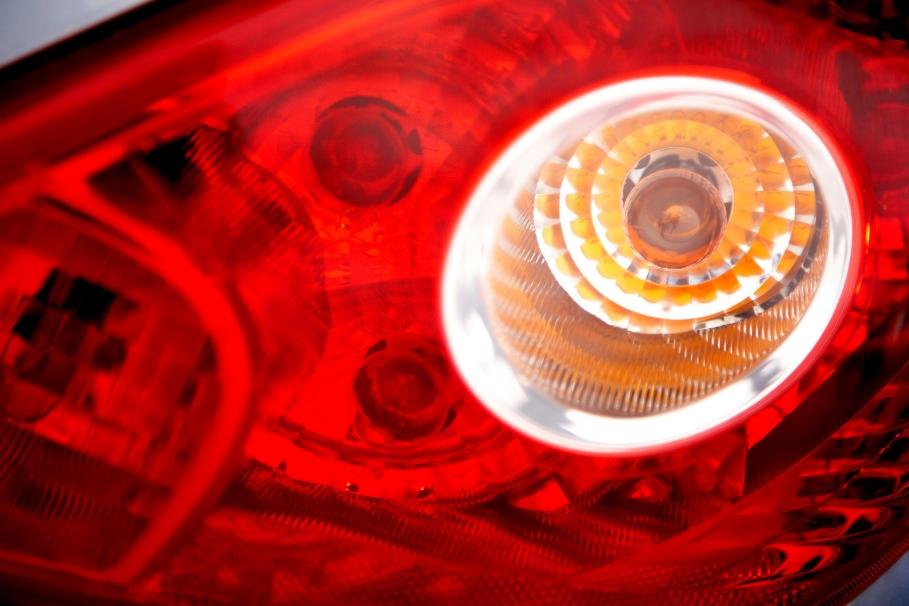These days, nearly all cars and even some motorcycles are equipped with anti-lock brakes. Many drivers have heard the term, but generally take them for granted. Anti-lock brakes typically take a behind-the-scenes role and are only called upon under extreme circumstances. That is, anti-lock brakes are not always activated when you step on the pedal, but they’re always prepared to jump in with split-second precision. Anti-lock brake systems (or “ABS” for short) are an essential component to both a vehicle’s brakes, and the driver’s safety. Having even a passing understanding of how they work will better prepare you should they activate or need maintenance.
Is Your Anti-Lock Brakes in Downriver Michigan Failing? Learn More Here
How Anti-Lock Brakes Work
Anti-lock brakes allow a vehicle’s wheels to continue turning under extreme or uneven braking force. This enables traction in a situation where a vehicle without ABS would lock up its wheels. Allowing the wheels to continue spinning may seem counterintuitive when trying to stop as fast as possible, but the alternative is a far greater hazard. Once the wheels have locked, virtually all driver input is lost. Trying to control a vehicle with locked wheels is like trying to take a sudden turn on glare ice.
In the days prior to ABS, a driver was taught to “pump the brakes” during a hard stop. The idea was to apply pulsing pressure, versus all at once in order to hopefully prevent the wheels from locking up before the car stopped. As braking systems evolved, engineers employed a pump, valves and sensors that can sense wheel rotational speed and automatically apply intermittent braking pressure at a much faster rate, marking the threshold of modern ABS. This allows the driver to maintain firm pressure at the pedal and focus on steering input and road hazards.

What are the benefits of anti-lock brakes?
ABS allow a vehicle to stop faster and with more control. This is especially true during wet or icy conditions. Having ABS drastically lowers the chances of a dangerous wheel lock-up, and provides vital seconds needed to avoid any hazardous obstacles.
If you’ve ever been driving in icy conditions and tried to stop last-minute, only to feel an odd vibration at the pedal and a ratcheting noise coming from your car, you know what it feels like to have the ABS system engage. Aside from airbags, vehicle ABS is perhaps the most critical vehicle safety component. In fact, having ABS (as most vehicles do) can reduce your insurance premiums.
Are there any disadvantages?
The advantages of ABS generally outweigh the disadvantages. This is clearly highlighted by the fact that nearly every vehicle on the road today features some form of ABS. However, anti-lock brakes are mechanical and prone to failure. They’re also not without limits.
Because of the way they activate, ABS can potentially make things more challenging when traveling across gravel, snow, or any other loosely-packed road surface. Anti-lock brakes are a safety net, but no substitute for the skillset of a competent driver in adverse conditions. Furthermore, although anti-lock braking systems are engineered around the same principles, drivers may experience braking inconsistency between different makes. The somewhat unpredictable nature of how ABS will safely bring a driver to a stop should be noted when getting behind the wheel of a car you’re unfamiliar with, or if you have never experienced stopping with ABS engaged.
Vehicle ABS are generally maintenance free, but occasional servicing may be necessary. The most likely point of failure is a sensor, which tells the vehicle when to engage the ABS. Modern anti-lock braking systems are quite robust, but frequent driving in extreme conditions will always cause premature wear. Should your anti-lock brakes fail, a light will appear on the dashboard. Less likely causes for ABS failure include low fluid, or faulty pumps.
What to Do if Your ABS Light Comes On
Sometimes upon startup, a vehicle will display the ABS light momentarily. This is no cause for alarm. It will generally go out in a few moments. If you’re driving and your ABS light comes on however, the sensors have detected a fault somewhere in the system. In most instances, seeing an ABS light on your dashboard is no cause for immediate alarm and you may continue driving, but the light should not be ignored indefinitely. If you are driving with a fault detected somewhere in the ABS, be prepared to have to revert to the old brake-pumping technique should you have to execute a panic stop. Otherwise, assuming your brake pedal feels normal, it’s safe to drive to your destination.
While faulty ABS systems don’t generally need immediate attention, they are a critical part of your vehicle’s safety package and should not go ignored. Our team of brake technicians at Good Care Auto have years of experience tuning, adjusting and fixing anti-lock brake systems of all types. Due to the straightforward nature of ABS systems, costly repairs are generally avoided if the issue is resolved sooner than later. If you’re driving with an ABS light, or your brakes feel unusual in any way, give Good Care Auto a call at (734) 285-1188 and let them put a stop to your braking problems!
